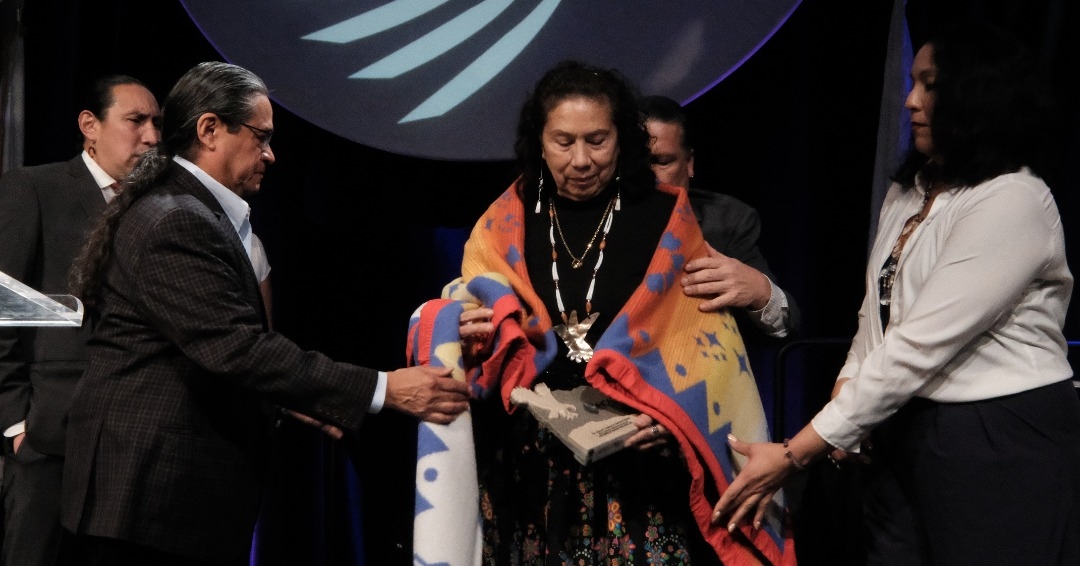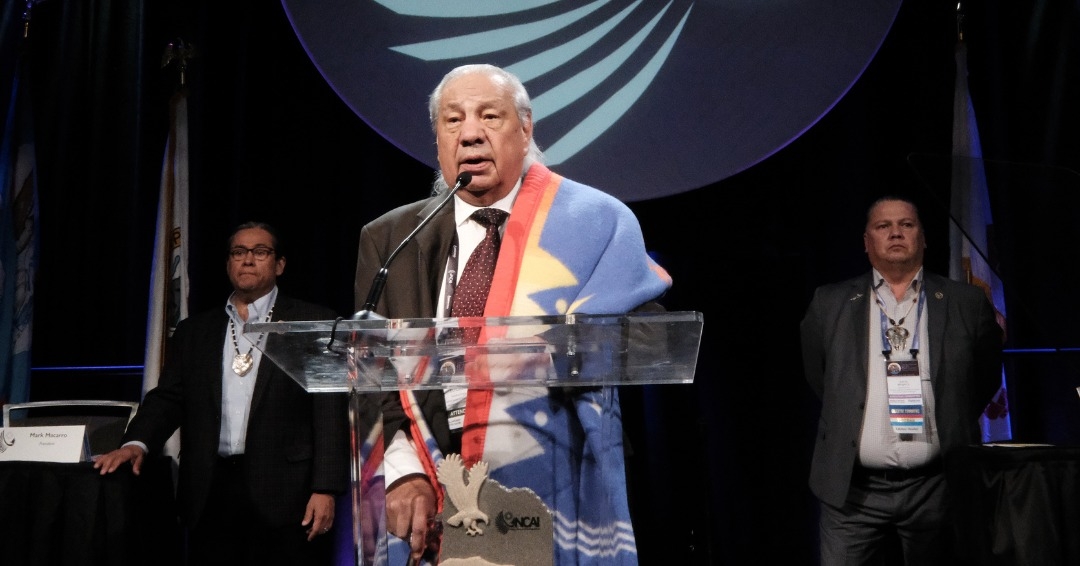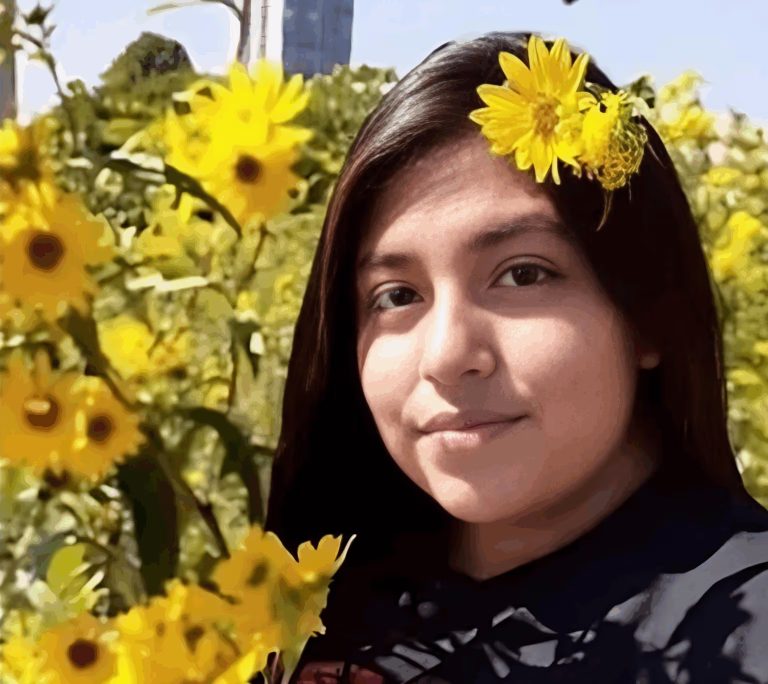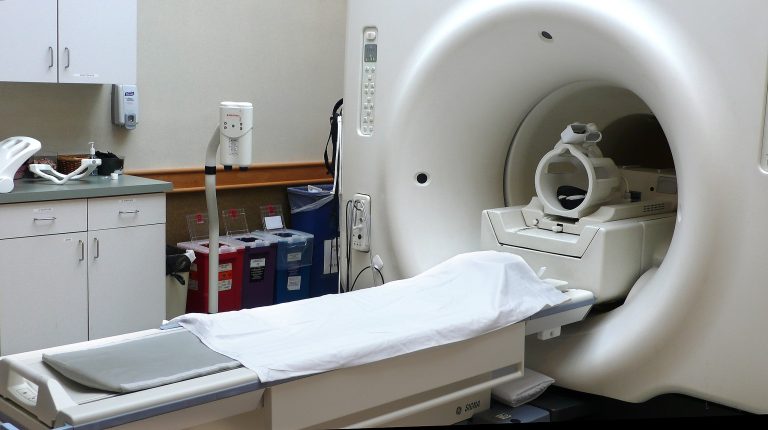Podcast: Play in new window | Download | Embed
For decades starting in 1907, Indigenous women and women of color across the country were sterilized without their informed consent.
Last week, a coalition of women’s reproductive rights advocates called on New Mexico legislators to create a commission to investigate the abuses.
KUNM’s Jeanette DeDios (Jicarilla Apache and Diné) has more.
Numerous reports show sterilizations peaked in the 1960s through the late 70s. That’s when upwards of 70,000 Indigenous women were forced or coerced into sterilization procedures by the Indian Health Service (IHS) and contracted physicians, including those at the University of New Mexico.
By the mid 1970s, at least 25% of Indigenous women of childbearing age had been sterilized.
Rachael Lorenzo (Mescalero Apache and Laguna Pueblo), executive director of Indigenous Women Rising, says she was a target of coercion.
@Doctors refused to take out my IUD, despite the fact the copper IUD, which is called paraguard, made me bleed for 10 months, and four different doctors refused to take it out because it was working the way it was supposed to, and they said I was too young at 22 to have another baby.@
The proposed joint memorial would establish a memorial to victims,but also a Truth and Reconciliation Commission that would make New Mexico the first U.S. state to formally investigate and acknowledge the violations done to Indigenous women.
State Sen. Linda Lopez (D-NM) agreed that the legislature needs to acknowledge the role New Mexico played in this history.
“It wasn’t us who are here in the Roundhouse at this point in time. And yes, it was maybe another governmental entity. But Madam Chair, I think those of us who are elected have a responsibility to say this should never have happened, this will not happen, and that we apologize.”
State Rep. Michelle Paulene Abeyta (D-NM) says there also needs to be more resources for educating youth about reproductive care.
New Mexico currently doesn’t have a law on forced sterilization.

NCAI President Mark Macarro, left, and Executive Director Larry Wright, Jr. presented the inaugural NCAI Lifetime Achievement Awards to honor two titans in Indian Country: the late Chairman of the Indian Gaming Association Ernie Stevens, Jr. and founder and Executive Director of the Native American Rights Fund (NARF) John E. Echohawk. The first award was accepted by Chairman Stevens’s family, including a blanketing of his spouse Cheryl Stevens. (Courtesy NCAI / Facebook)
The Native vote was center stage Tuesday morning at the National Congress of American Indians (NCAI) annual convention in Seattle.
Panelists discussed various barriers facing Native voters and efforts to protect Native voting rights.
Matthew Campbell, deputy director, at the Native American Rights Fund was on the panel.
He says the state of the Native vote across the country has its ups and downs.
“Typically, a voter might choose to only vote in the presidential election every four years. But I think it’s really critical to remember that if we elect candidates of our choice in the state legislature, for the school boards, you know, every single race really can make a difference in our lives. You know, if we elect people that lift up and fight for tribal sovereignty at the state level, that’s really important. And if we elect people that are aware about our culture and our tradition at the school board level, that’s also really important (possible cut for time).”
Jaynie Parrish is the executive director of Arizona Native Vote. She says work on Native voting issues takes place year-round and not just during big election years like presidential or mid-terms.
“Like many issues, uh whether it’s tribal sovereignty, climate, there are people constantly working on these issues, whether that’s on advocacy side or lobbying or policy. It’s the same thing with civic engagement and voting and elections.”

Executive Director of the Native American Rights Fund (NARF) John E. Echohawk. (Courtesy NCAI / Facebook)
Parrish is a panelist on civic engagement in Indian Country Wednesday afternoon.
Voting is just one of the many issues attendees at the NCAI annual convention are focusing on.
Organizers say this year’s convention is seeing record numbers, with 2,500 people registered.
Get National Native News delivered to your inbox daily. Sign up for our daily newsletter today.
Download our NV1 Android or iOs App for breaking news alerts.
Check out the latest episode of Native America Calling
Wednesday, November 19, 2025 – Indigenous voices speak up, but have little clout at COP30




Leave a Reply